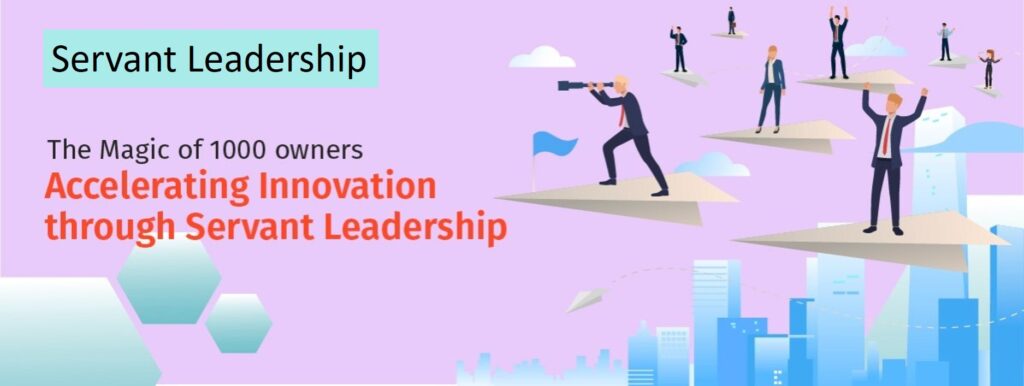
It is a well-accepted fact that large enterprises struggle to innovate. It sounds ironic, right? Large enterprises have a lot more brains and if the creative powers of those brains are tapped effectively, why should they struggle with innovation? The fact is this. It is not the lack of ideas that kill innovation in large enterprises. Then what does? Let us try to find out answers to this question.
- The traditional hierarchical structure of the organisation: Surprising it might sound, but the traditional hierarchy tends to make the employees work for their bosses rather than the clients or consumers. Employees tend to please their leaders rather than look for solutions to problems. Hierarchical structures also tend to block ideas from seeing the light of the day. From an innovators point of view, the hierarchical structure might look like figure 1.
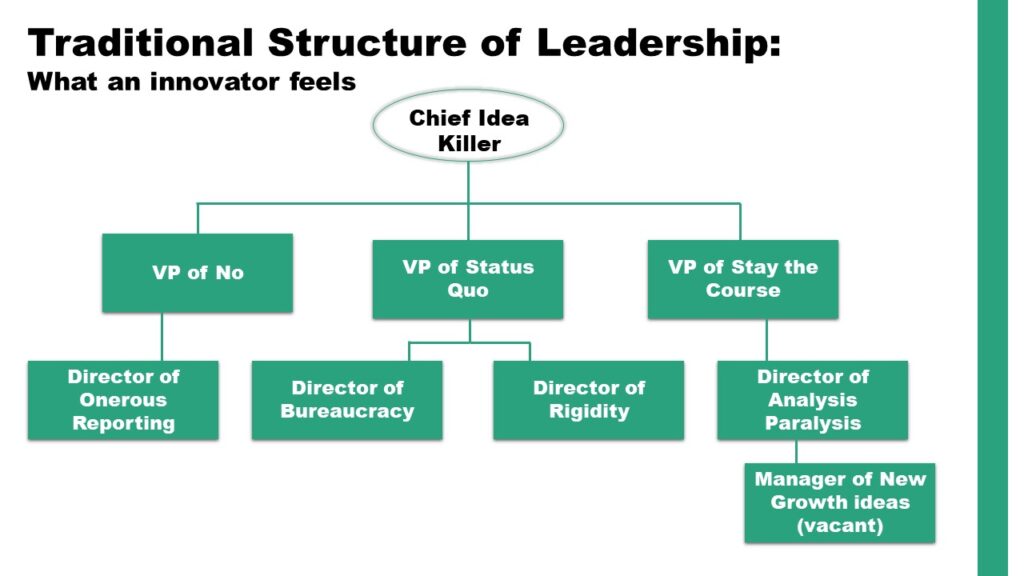
- Vision Vs execution dilemma: Traditionally it is left for the leaders to set the vision and goals for the organisations. This per-se is not wrong. However unconsciously the message that goes down to the employees is that their role is to execute and not to envision. When the culture , knowingly or unknowingly encourages this culture, employees stop dreaming big. This culture further gets affirmed by the performance management systems and processes that evaluate the employee based on their performance against a Job Description (drafted by the HR department in many cases) and/or achievement of goals that were handed down from above. Employees thus become “resources” to fulfill an organisational vision or an organisational goal. Once this feeling creeps in no new ideas will ever come from the bottom of the pyramid and innovation gets limited to a few levels near to the CEO.
- Assumed constraints on the part of employees: In the absence of any explicit messages from the leadership teams, several employees assume that they are not expected to generate new ideas, or worse, their ideas will never see the light even if they risk suggesting something. This assumed constraint could come from past experiences, stories shared by peers (remember bad news spread fast), what is rewarded in the organisation, what is punished in the organisation, etc. When several employees fall prey to such assumed constraints, innovation dies.
So is it possible for large enterprises to become innovative. It certainly is. That is where the concept of a 1000 owners kick in. What if all the employees behave as good stewards of the organisation, and do not see themselves as merely “resource” to fulfil an organisational goal? This requires a very different Leadership Philosophy and a different culture. It is possible through Servant Leadership, a leadership philosophy that comprehensively addresses the problems described above.
- Servant Leaders invert the Pyramid: This is an interesting and powerful concept of Servant Leadership
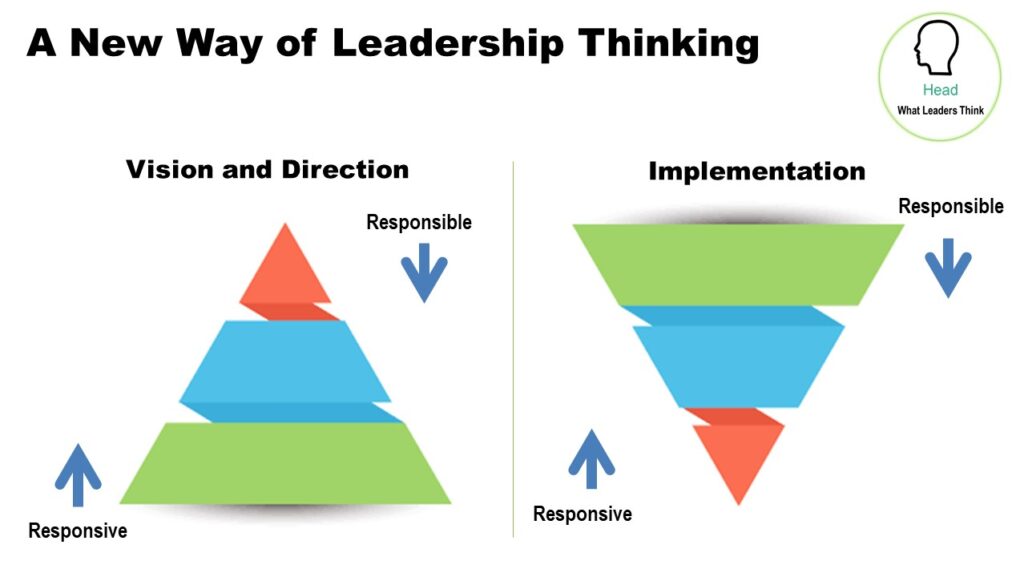
What this effectively does is to give freedom and empowerment to the traditional bottom of the pyramid employees, while the leaders remain available to them as “resources”. This enables them to look at the clients and consumers rather than their bosses. In turn, they are able to see, understand and resolve clients’ problems in the most creative way. The inverting of the pyramid also ensures that ideas do not need to flow up the hierarchy to get implemented.
- Servant Leaders Dream Big: One of the 7 behaviours that mark a Servant Leader, as per our DEEP BHC framework is Demonstrating Conceptual Skills. This behaviour encourages all Servant Leaders to dream big. When the organisation’s culture encourages Servant Leadership at all levels, employees at all levels are encouraged and enabled to dream big and come up with ideas. The attribute of conceptualisation helps them to think beyond the current realities, current hurdles and current successes. This acts as a fountain of new ideas for the organisation.
- Servant Leadership promotes Self-leadership that challenges assumed constraints: When an organisation has Servant Leadership as the overarching leadership philosophy and culture, it encourages individual contributors to identify and challenge their assumed constraints. This does wonders to their ability to contribute creative ideas to solve internal issues, improve internal business processes, and identify clients problems in before they actually occur.
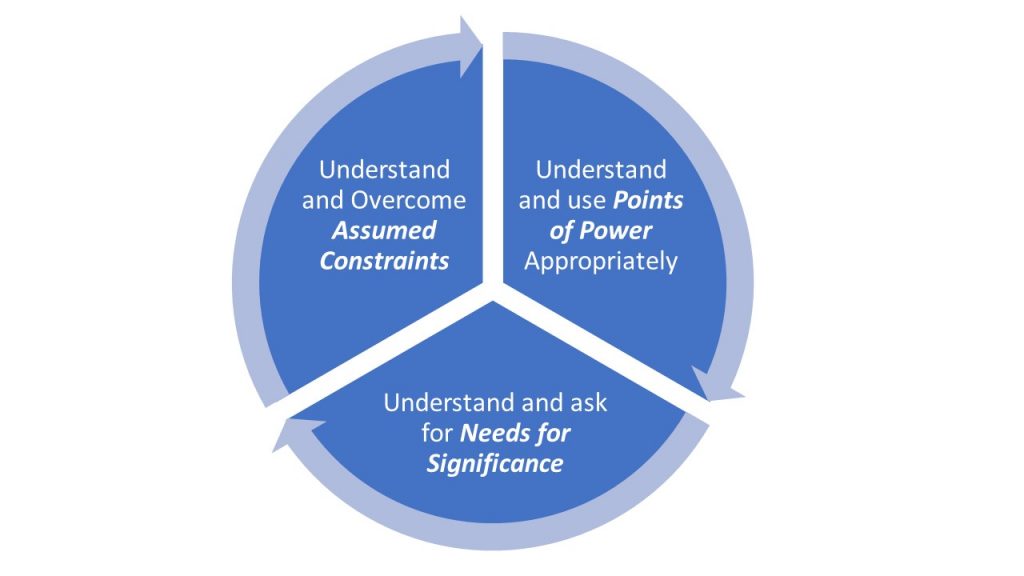
Do you want to experience the magic of 1000 owners? Embrace Servant Leadership and you can see the difference.
_________________________________________________________

Dr. Madana Kumar, PhD is the Servant Leadership Evangelist at UST and Leadyne. You can connect with him here or contact him here.
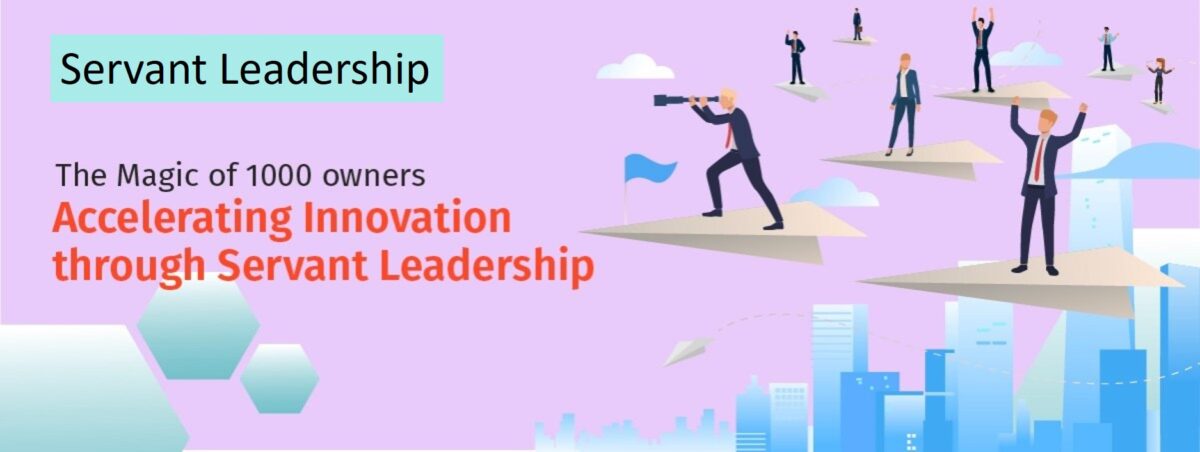
2 replies on “The Magic of 1000 owners: Accelerating Innovation through Servant Leadership”
Justt desire to say yoyr article is as amazing.
The clearness foor your post is simply nicfe and i can assume you’re knowledgheable on his
subject. Fine with your permission lett me too tae old off
your feed to keep updated with draawing close post. Thawnk youu a million and pleasse ccontinue
the enjoyabble work.
After research a few of the blog posts in your website now, and I really like your means of blogging. I bookmarked it to my bookmark web site list and might be checking back soon. Pls try my website as nicely and let me know what you think.